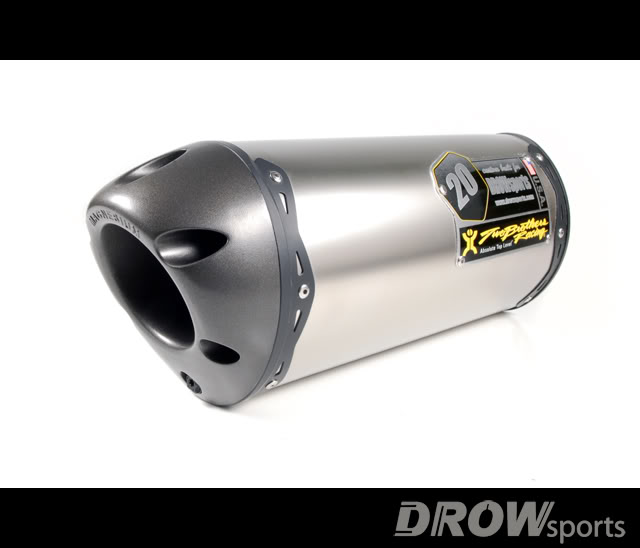It not only makes it look cooler, but can add a better sound and looks to the bike. It is a part that can take away weight for better overall performance. It can be completely custom or a bolt on piece. The exhaust is that one part you should have a closer look at when it comes to performance parts for your scooter. It’s especially important to consider what exhaust you will use on a 2-stroke engine as that is a way to make that engine run properly. We’ll look at the 2-stroke and 4-stroke exhausts and discuss what to look for in both as well as how to make sure it will help your bike run perfect and gain power.
First, what is the difference between the 2-stroke and the 4-stroke exhaust system? The first difference is the use of an expansion chamber on a 2-stroke bike. An expansion chamber is a tuned pipe used to improve power and volumetric efficiency. It does this by utilizing the wavefront created by the exhaust gas. When the exhaust gases enter the expansion chamber, they expand out and begin to travel down to the exit of the exhaust. This higher pressure pushes out the exhaust in the chamber as it is a lower pressure. When it hits the exit of the expansion chamber, it is then forced down, but some of the pressure stays in and acts like a wall towards the charge coming into the exhaust port. This is normally the air fuel mixture coming in as the piston begins to compress.
Since there is no valve to keep the air fuel mixture in, it does begin to fill the exhaust and this is where the pressure wave comes back into play as it has a higher pressure than the air fuel mixture and forces it back in. It nearly has a supercharger effect as well, as there is still air flowing into the cylinder from the carburetor while this is happening, thus more air and fuel will enter the chamber until the intake port is closed off and the pressure wave forces the air fuel mixture back into the cylinder. This also means that expansion chambers are tuned by RPM as the pressure inside the expansion chamber has to be synchronized with the piston and port timings.
Since a 4-stroke has valves, it does not need an expansion chamber to push the air fuel mixture back into the combustion chamber. However, this does not make exhaust choices any more simple for the 4-stroke engine. The typical exhaust systems you see for a scooter is all one piece, well, save for the pieces that are welded together. The muffler can be held on by retaining springs on higher end exhaust systems. Exhaust pipe diameter and muffler design will play a role in how well the exhaust flows out and in producing horsepower and torque. You’ll hear things like “backpressure kills horsepower” or “you want as little backpressure as possible” or even “backpressure makes horsepower in non-turbo vehicles” if you visit some of these “high performance” websites that spout out things about what they think makes horsepower, some are wrong and some are right. The thing to keep in mind while shopping for exhausts, both custom made and off the shelf, is that he bigger the diameter pipe, the less backpressure you’ll have and the less torque you’ll make. However, that doesn’t mean you want to get a pipe that has a smaller diameter tube than what your exhaust port is. That is the smallest you want your exhaust pipe to be. Backpressure does kill horsepower, but you don’t want to have a pipe as big as a watermelon either.
For most scooters 4-stroke 125cc-232cc with no turbo, you will want a pipe no bigger than 1.45″-1.75”. Any bigger and it’s a waste as there won’t be enough backpressure to have torque to help drive the scooter along. For 49cc-70cc 4-stroke scooters such as the Ruckus and its big bore versions, 1”-1.25” is usually big enough, probably borderline too big. Again, at the very least, get a pipe that matches the exhaust port. Any time you make exhaust changes, you need to jet your carburetor to compensate for the increase in exhaust flow. For fuel injected bikes, reset the computer to get it to compensate. You may also need to make changes to your CVT system for the new amounts of torque your exhaust maybe producing now. This includes changing roller weights and clutch springs.
